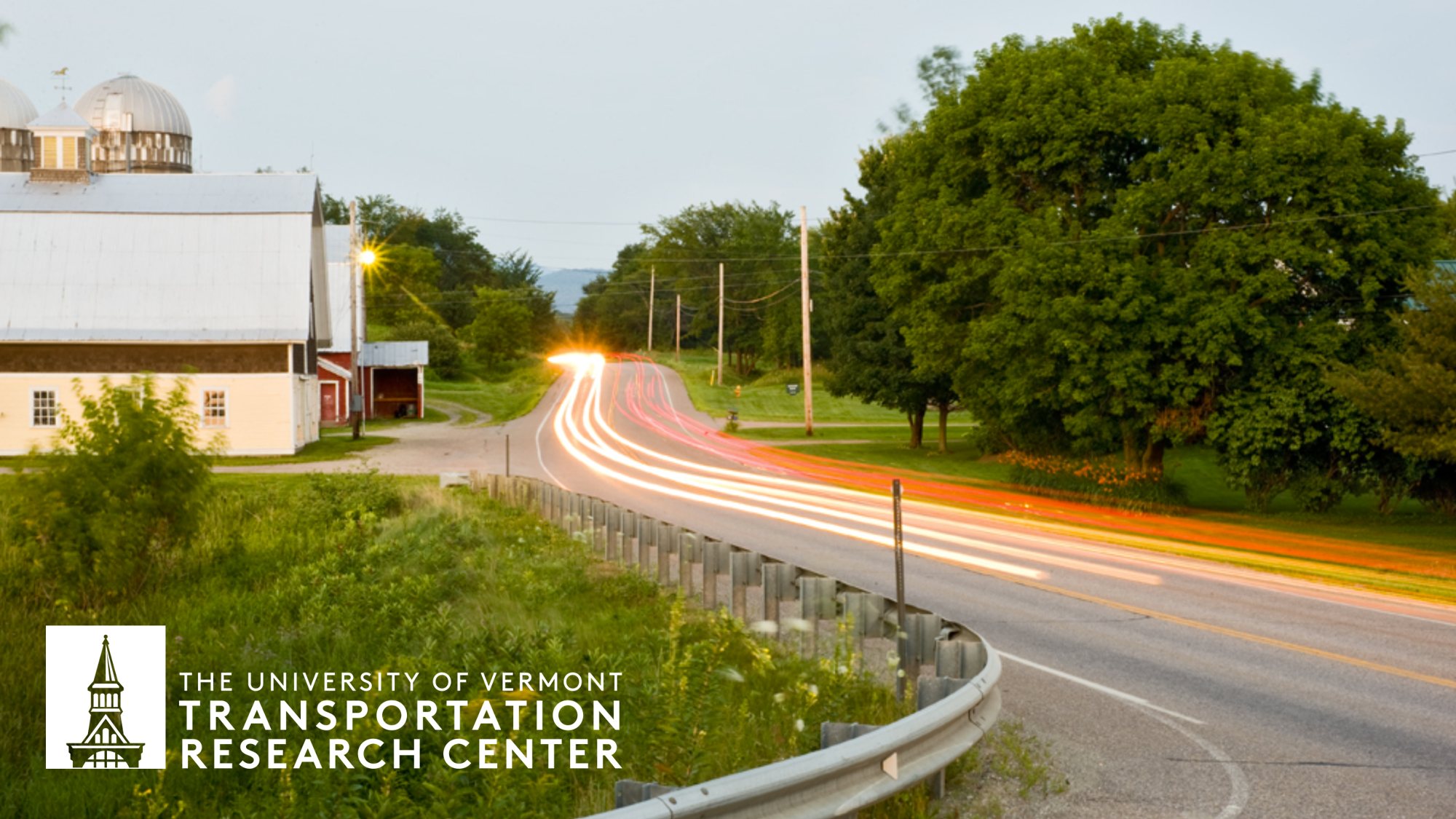
University of Vermont Transportation Research Center
Document Type
Report
Publication Date
12-14-2016
Abstract
Debris blockages of transportation-related river and stream crossing structures such as bridges and culverts can cause flooding at lower flow volumes than predicted by floodplain delineations. These types of flooding events contribute to the damage that was observed during both Tropical Storm Irene and the heavy rainfall in the spring and summer of 2013. Flooding occurs (1) when rain falls over a prolonged period of time, (2) when intense rain falls over a short period of time, or (3) when an ice or debris jam reduces the capacity of a crossing structure and causes a river or stream to overflow onto the surrounding area. The focus of this project is on the third type of flooding, specifically due to debris jams at crossing structures – culverts and bridges. Debris jams can also cause riverbank erosion, impede migration of aquatic creatures and adversely impact wildlife habitats. A new approach to mapping potential debris blockages that can produce actionable information in a timely manner at a reasonable cost would be highly valuable to Vermont agencies at many levels of government. The objectives of this project were to pilot test the use of an unmanned aerial vehicle (UAV) to gather stereo imagery of streambeds upstream of crossing structures, and develop a process of rapidly transmitting actionable information about potentially blocking material to stakeholders. A new system was developed in this project to identify potentially obstructing debris using a lightweight, easily deployable UAV. The system was pilot-tested to provide safe, timely, and cost-effective information about potentially blocking material at vulnerable bridges and culverts. A process was also developed and tested for automating detection of these potential obstructions and outputting a data table containing an extracted thumbnail image of each identified obstruction.
Recommended Citation
Sullivan, James; O'Neill-Dunne, Jarlath; McFaden, Sean; and Engel, Tayler, "Using Remote Data Collection to Identify Bridges and Culverts Susceptible to Blockage During Flooding Events" (2016). University of Vermont Transportation Research Center. 46.
https://scholarworks.uvm.edu/trc/46

